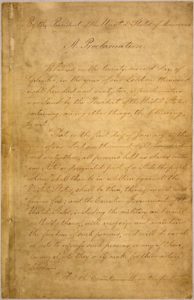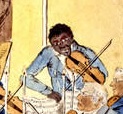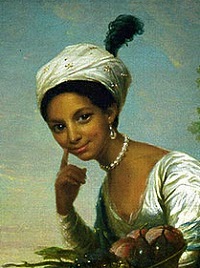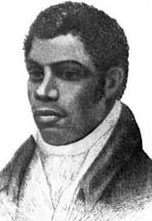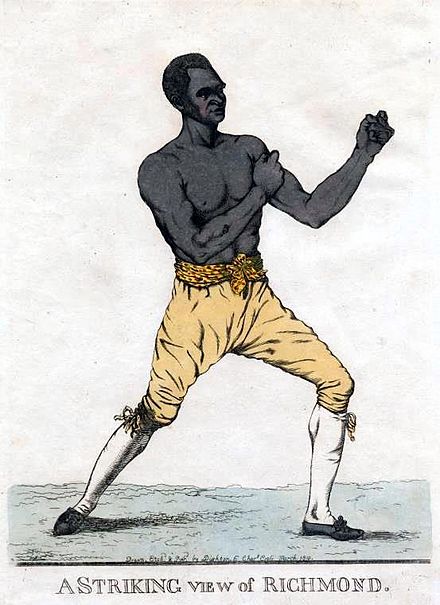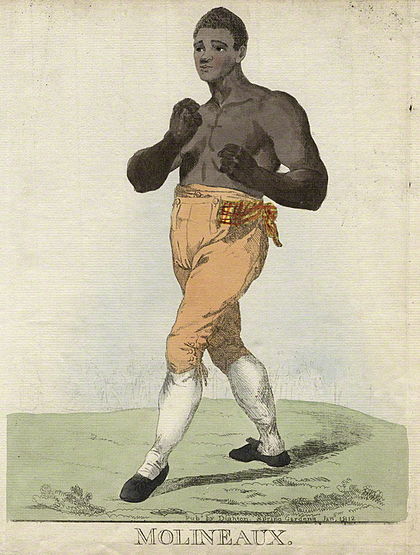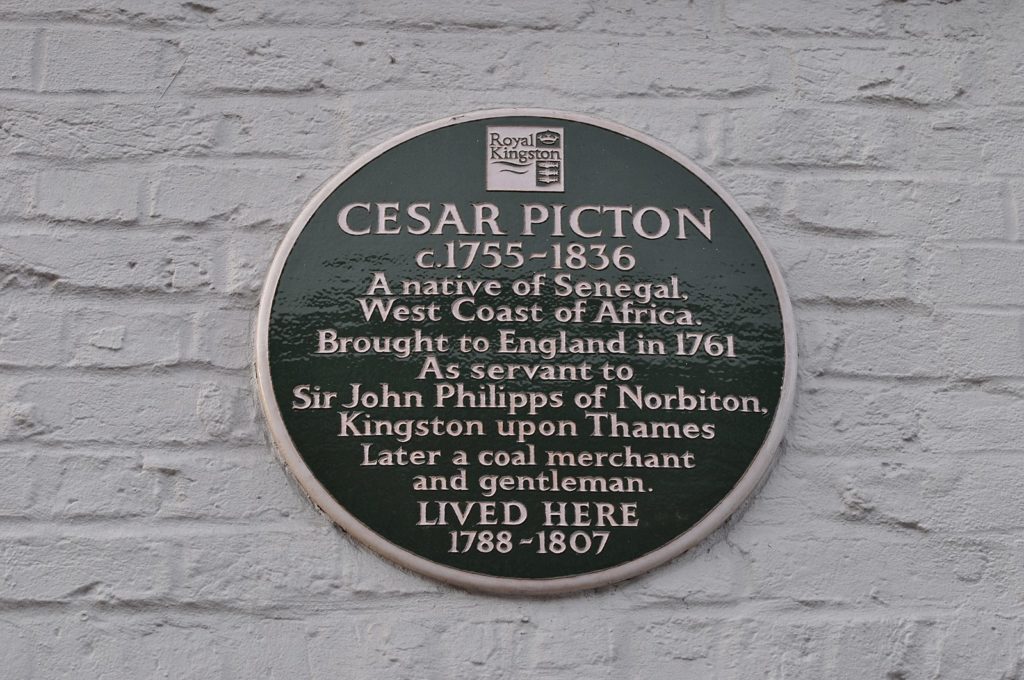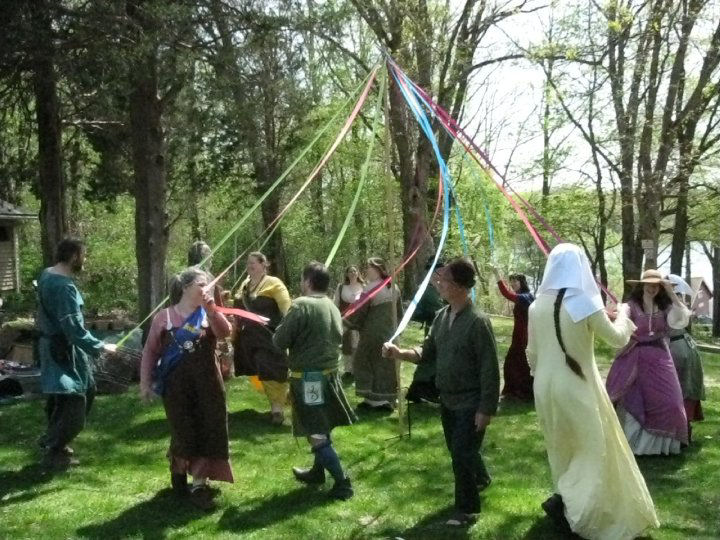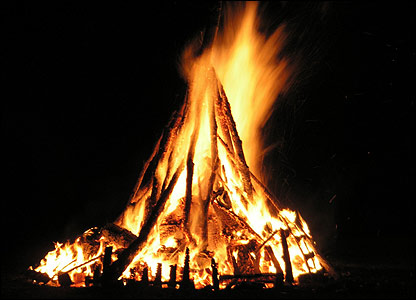Sumer
is icumen in,
Lhude sing, cuccu;
Groweth sed
and bloweth med,
And springth the wode anu;
Sing, cuccu! (words from a 13th century song)
Happy May 1st 2020! I’ve been steeped in May Day customs recently as my next book to be released (which alas I am STILL finishing) revolves around the preparations for May Day in the village of Little Macclow. LORD OF HER HEART is a prequel to my December 2018 Christmas book, Lord of Misrule. If the book was ready now, this post would be a great way to call your attention to it!
However, instead I’m going to beg your indulgence, as today
I am starting a month-long “write-in” to do a deep dive into finishing that
book and working on several of my other works-in-progress, under the auspices
of my local writers group. While writing a new blogpost could ramp up my
starting word counts, that’s not really the point of the exercise. <g> So
instead, please enjoy a May Day post I originally shared here five years ago,
when May 1st also fell on the first Friday!
For most of us, today is not an official holiday, but given
its long history, I think it ought to be. Who’s with me? Bonfires? Dancing?
Flowers? What’s not to like? In medieval times it was a huge holiday. And while
celebrating it was not prevalent among the fashionable during Regency times,
many of the traditions were still observed in the rural villages of England, and especially in Ireland, Scotland
and Wales.
I think it is more fun to talk about than say, the opening of Trout Fishing
Season today, or that today (Friday before the 1st Monday in May) is
also the traditional “private viewing day” for the start of the Royal Academy’s
Summer Exhibition!
Celebrating this date, or the night before, has traditions
in cultures and belief systems that date back into the mists of time, even
before the Romans and their spring Floralia festival. The ancient Celts
welcomed summer on the eve of May 1st (which is why “Midsummer”
falls on the solstice in late June), with the festival of Beltane. The smoke
from Beltane fires was supposed to have protective powers, so there are many
traditions built around passing through the smoke, including jumping over the
flames, and taking home embers or ashes to spread the luck.
Early Irish texts relate that the Druids would build two
fires, and that cattle would be driven between them to purify them and protect
them before putting them out to summer pastures. The fires connect symbolically
to the sun, an essential ingredient for a successful agricultural and pastoral
season. Wiccans celebrate Beltane, so the night’s association with witches is
understandable.
The night before May 1st in Germany is Walpurgisnacht, also
called Hexennacht (literally “Witches’ Night”). Celebrations
usually include bonfires and dancing. There is some evidence the “Witches
Night” association in Germany may be of a much later date than the Christian
saint St Walpurga for whom the festival is named: the 17th century German folk
tradition of a meeting of sorcerers and witches on May Day eve is influenced by
the descriptions of witches’ sabbaths in 15th and 16th century literature, and
was embraced by authors such as Faust and Thomas Mann. But Walpurgisnacht
actually dates back to the 8th century, and has more to do with us
than you might think.
St Walpurga was English. Did you know that? She was born in Devonshire, of a family of the local aristocracy. Her
father was St. Richard the Pilgrim, one of the under-kings of the West Saxons, and her mother was Winna, sister of St.
Boniface, Apostle of Germany. Walpurga’s two brothers were saints, too!
She was educated at Wimbourne Abbey in Dorset, before she
ended up in Germany,
where she and her brothers were sent to help their uncle working among the
pagan Germans. She could read and write, and wrote a biography of her brother
Winibald and also an account of his travels in Palestine. Because of these ancient works,
she is often called the first female
author of both England
and Germany.
Her festival is May 1st because that is the date she was canonized
by the church.
The most common pagan-derived May Day customs practiced in
various parts of Europe involve various ways
of “bringing in the May” –an excuse to spend as much of the day outdoors as
possible. In medieval times, May Day was a true holiday, a day of rest from
labor and for celebrations, with much time spent in the fields and woods,
searching out blooms (or lovers’ trysts). The “May” meant any kind of tree or
bush in bloom by May 1st. (This was easier before the calendar
change of 1752, of course.) Hawthorne
is the acknowledged favorite, but sycamore, birch, and rowan trees are in the
running among others.
Ways of bringing it in included bringing branches, used to
decorate the homes or left on doorsteps, or an entire May Bush, or May Tree,
decorated with ribbons and ornaments and displayed outside the home or in a
public place. It could also mean bringing flowers, and weaving them into
garlands to be displayed. In many places, especially in Germany and England, the crowning achievement
was bringing a tall Maypole, to be erected as the focus for games, the
selection of a May Queen, and ritualistic maypole dances honoring fertility.
Considered to be a vestige of tree-worship, the intention
was to bring home, or bring to the village, the blessings of the tree-spirit.
When the church was unsuccessful in banning these celebrations, they tried to
make the custom connected to Easter. Did you know that those Easter egg trees
people use as table centerpieces connect all the way back to pagan May Trees? J
The picture at the top shows my local SCA (Society for
Creative Anachronism) friends (and me) dancing around a maypole on a lovely
(but windy) day in May a few years ago. Did you ever do something like this in
school? After declining in the 18th century, May Day customs were
resurrected by the Victorians, and these “new” traditions are now revered as
old and time-honored, very common all over England.
Although I’m American, my family background is English & German. When I was growing up, my sister and I used to make May baskets, decorated with real and/or paper flowers and containing candy, fudge or brownies, and we would deliver them on May Day to our grandparents who lived in town, or friends and neighbors. We’d leave it on the doorstep, ring the bell and hide. A vestige of the old blooming branches and flowers left on doorsteps in ancient days? Who knew? Adding chocolate was an admirable modern improvement, don’t you think?
